Jeremy Booth is making a name for himself in the wild-wild west of digital art. A master of minimalist aesthetics and a trailblazer in the realm of Western Pop art, Booth has carved a niche that resonates with art aficionados across the globe. His work, a seamless amalgamation of classic Western motifs and cutting-edge design elements, stands out for its visual impact and innovative style.
Before his rise in web3, Booth’s distinctive art graced the pages of prominent publications like Design Milk and Dwell Magazine. Today, his presence on leading digital art platforms such as OpenSea, Foundation, SuperRare, and others underscores his versatility.
In January of 2023, Jeremy Booth launched an open edition artwork titled ”Boots” priced at $23 for a period of 23 hours. The edition was created to make his art more accessible and reach a broader audience. The “Boots” edition, which aligns thematically with his ongoing Western Pop motif, saw a remarkable sale of 6,400 pieces within the 23-hour window. Booth has since made owning a “Boots” artwork a prerequisite for purchasing his limited editions.
Since then, the “Boots” open edition has undergone several metadata changes. One notable version was a collaboration with the artist FVCKRENDER, who designed the boots in a pixelated style. Another significant version was a pop-up metadata change created in collaboration with the classic denim company, Wrangler.
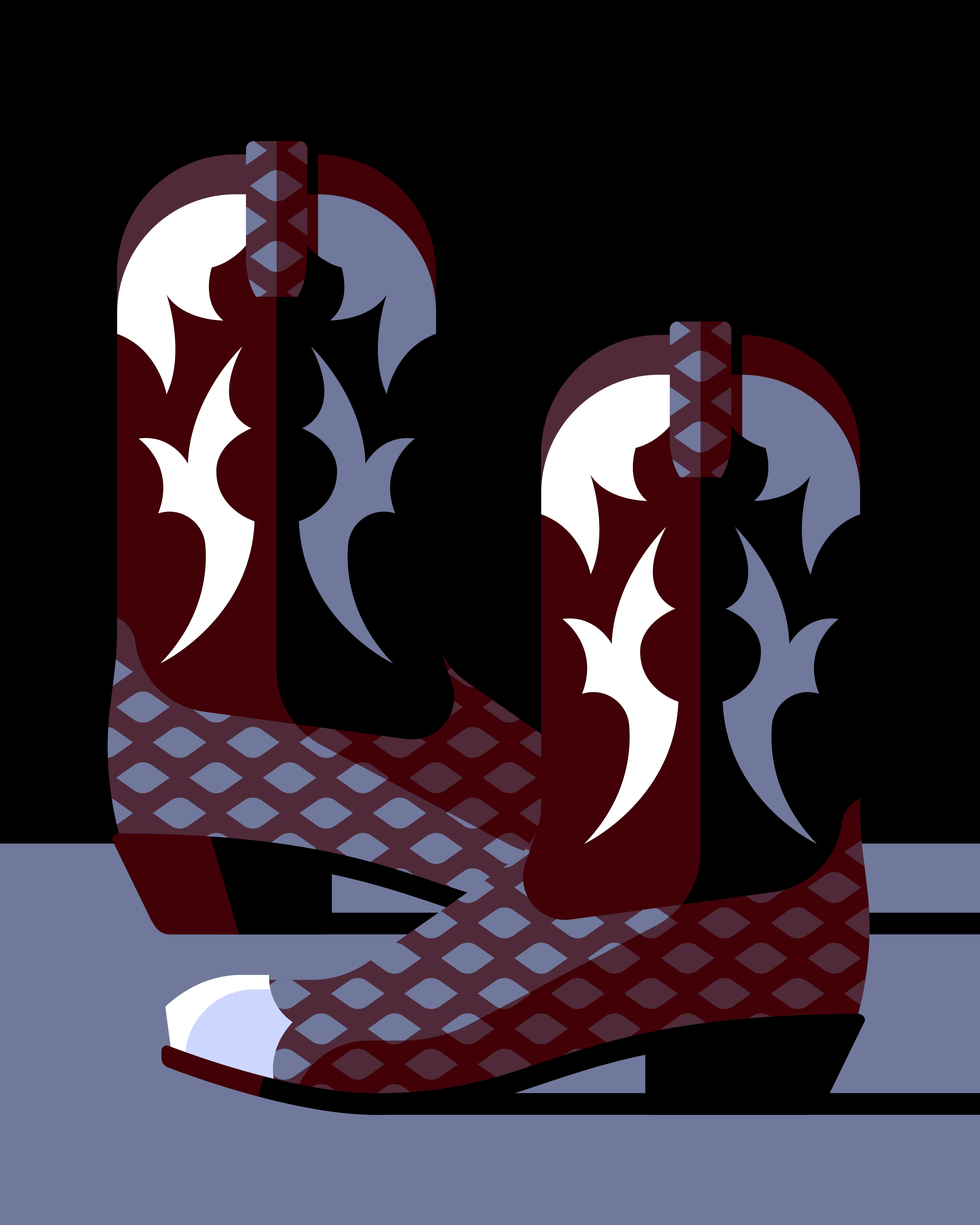
On November 20, Booth has a new surprise up his sleeve: He’s partnering with creator platform Manifold to delight collectors with a one-to-one burn event. This event will allow owners of the “Boots” artwork to exchange their digital piece for an 8x10 physical print, choosing from the various metadata versions available. (Participants will be charged a $20 shipping and handling fee to receive the free print.)
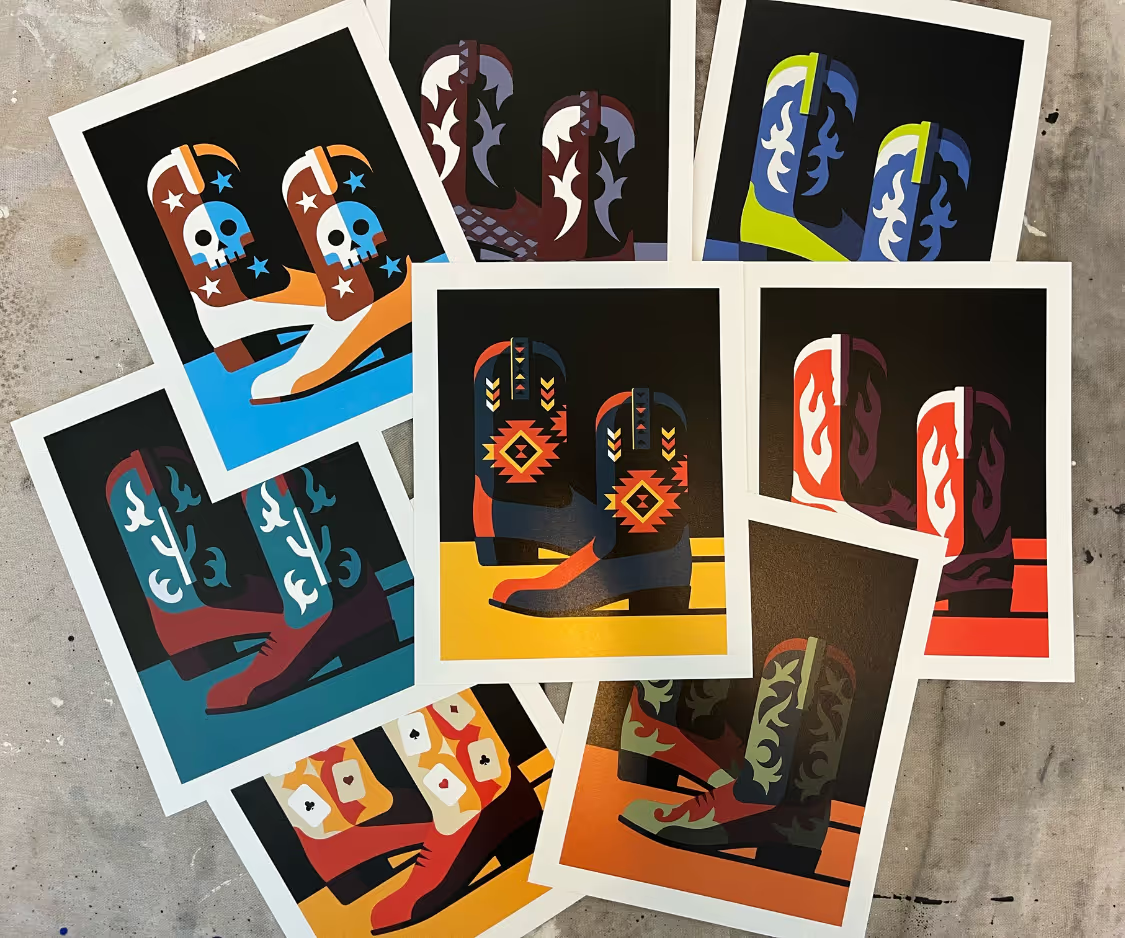
OpenSea recently sat down with the artist behind the canvas (and the screen) to delve into his creative process, artistic inspirations, and his thoughts on the evolving NFT landscape.
OpenSea: When did Western Pop become your go-to motif, and what inspired this aspect of your signature artistic brand?
Jeremy Booth: I've been doing this style for about 10 or 12 years as a commercial artist. As a commercial artist, the subject matter always changes based on client needs. But when I started exploring the NFT space and the idea of becoming a fine artist through blockchain, I thought deeper about my subject matter. The television show Yellowstone, for example, piqued my interest in cowboys and the West. My wife and I love the terrain of the West, and I found myself captivated by artists like Mark Maggiori. So, I started doing a series and people really resonated with it, which motivated me to continue in this genre.
OpenSea: Western art is such a part of the cultural canon. Did the crossover to bring it to digital seem natural to you?
Jeremy Booth: Yes, and observing the work of traditional Western artists — many of whom have dedicated their entire careers to this art form and are still actively painting — inspires me further. I had the opportunity to meet a traditional Western artist named Robert Hagen, a 76-year-old painter with 45 years of experience. I worked with him to help him mint his first piece, and he kind of became a mentor of mine. We traveled to Kansas last June for a three-day photo shoot, capturing images of cowboys and Native Americans on a ranch that hosts photography sessions twice a year. The ranch had all these various sets and scenery like corrals, ponds, an old town, and people dressed in era-specific wardrobes. I went out there with Robert and we spent three days getting reference material.
OpenSea: You just said something really interesting, in that blockchain aided your transition to becoming a fine artist. Why was blockchain such a big factor in this evolution?
Jeremy Booth: It all came down to ownership. Ownership is a major factor. Beforehand, digital art didn't really have true ownership. Everyone could save it, but there was no way to identify who truly owned it. Blockchain, in my case Ethereum, solved this problem. I also worked on the design team at Coinbase for a year and a half, which influenced my decision to try minting my first piece.
OpenSea: Among all your works, which holds the most personal significance?
Jeremy Booth: I'd say my painted pieces. When you put paint to canvas, there is an intimacy between an artist and the work that is just very special to see in person. You can see where [the] brushstrokes were, some slight imperfections. That is what makes a physical painting so crazy. It’s the only one like it. So I'd say my biggest appreciation and what I'm most proud of right now are my paintings.
OpenSea: It sounds like your work as an NFT artist has brought you closer to physical work. Were you expecting that?
Jeremy Booth: You’re right, I'm currently integrating both technology and traditional art, blending the digital and physical art worlds in various ways. Digital art is where I started, and it still plays a role in my painting process. However, painting on canvas demands a different level of patience. This has been a significant learning curve for me. Previously, my painting attempts were limited to simpler, geometric shapes. But now, having developed a deeper understanding and connection with this medium, I really value this transition between digital and physical art. It's become a crucial aspect of my artistic journey.
OpenSea: How many of your collectors have both your digital work and its physical companion?
Jeremy Booth: Currently, I have one collector who bought a physical painting traditionally with USD and another who bought the NFT and then got the framed, physical piece that I then freight-shipped to them. I'm now trying to integrate more into traditional galleries and start doing solo exhibits where we integrate technology with the artwork. So I’m building up my inventory of physical pieces for these upcoming shows.
OpenSea: What's your favorite part of the experience of viewing art in a gallery? Do you prefer digital or physical paintings?
Jeremy Booth: Nothing beats a canvas in person. You can look at it closely and see the strokes and slight imperfections, the creativity of the artist’s hands. It's very special to see that in person. But I also think digital art has its place, especially when it's experiential, like something that moves or has a unique presentation, like Refik Anadol’s latest work in the MoMa.
OpenSea: You have an upcoming auction at Art Basel Miami that will be put on by nftnow’s Gateway Miami and Christie's. Can you give us any teasers about what we can expect?
Jeremy Booth: Yes, it's going to be a digital piece for Christie's and The Gateway, and details will be soft-announced on November 27, so make sure you keep an eye out for that.
OpenSea: Will do. Thank you again for your time. This has been a great conversation.
Jeremy Booth: Yes, thank you so much for this.




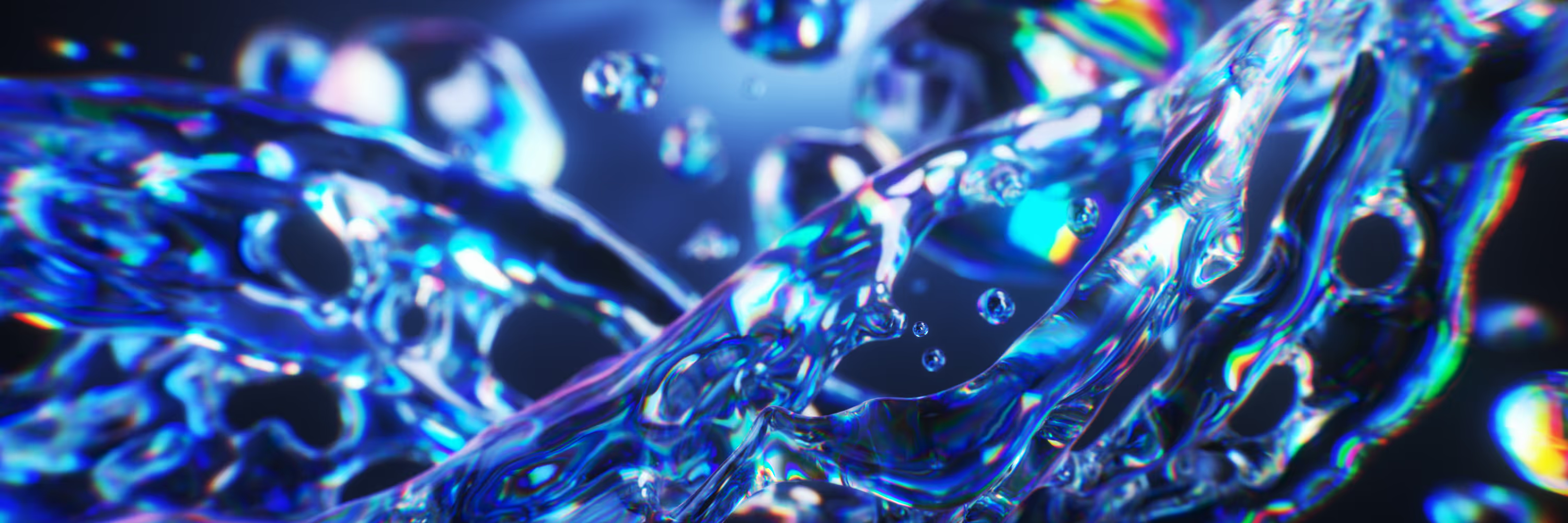
.avif)
.png)
.png)
.png)
.png)
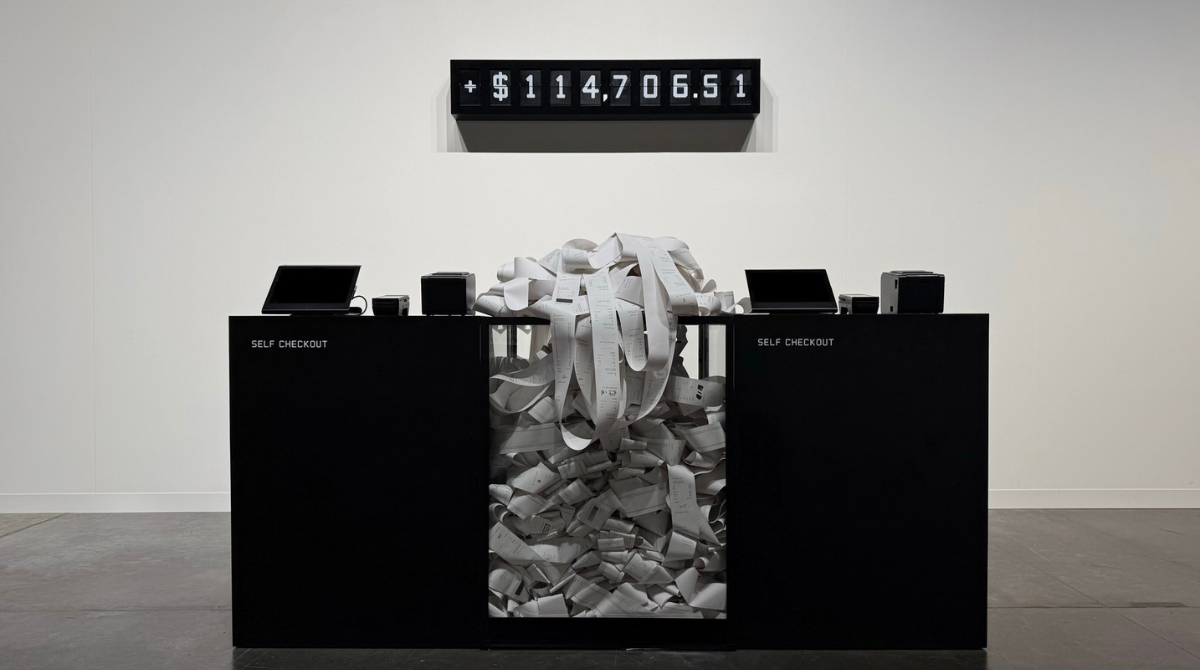
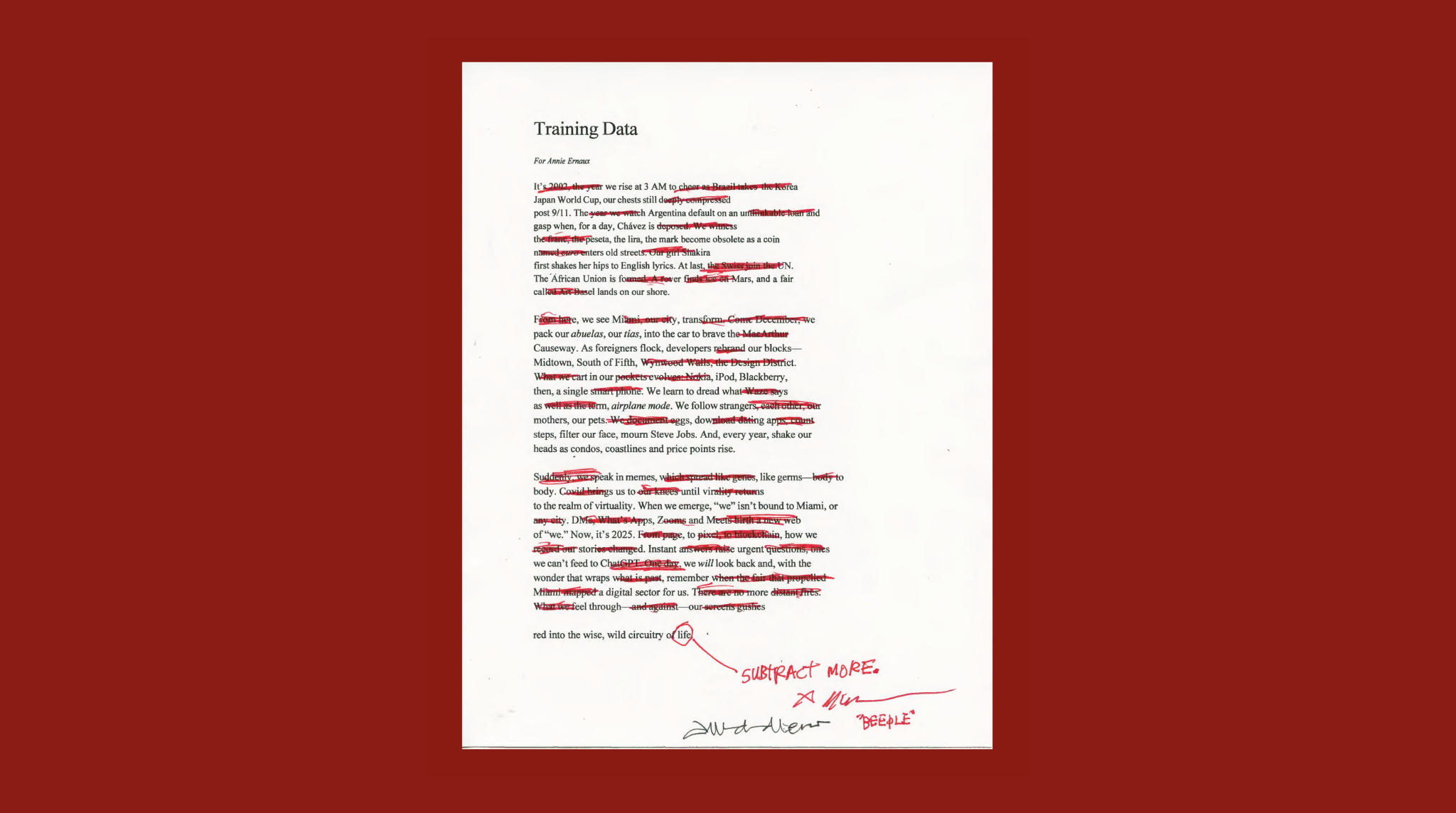
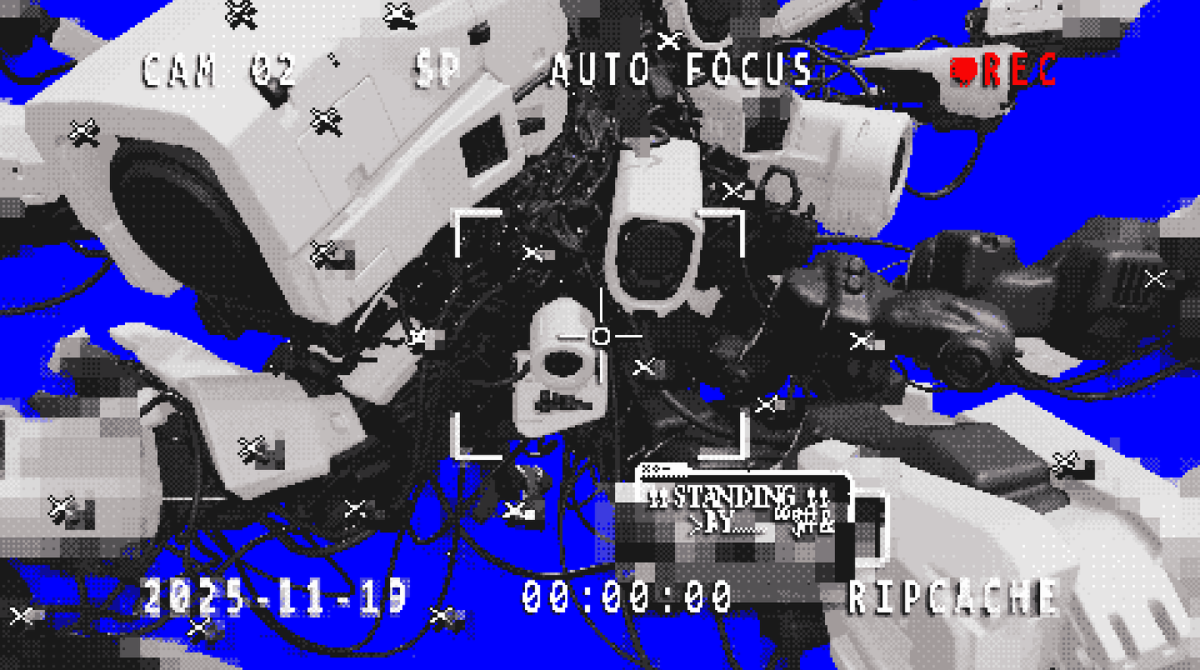
.png)